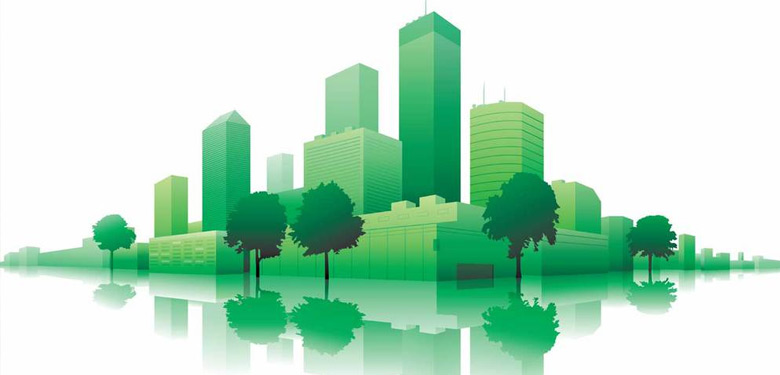
Green and healthy buildings need smart occupants
The central aim of the Paris Agreement is to strengthen the global response to climate change by requiring all Parties to make their best efforts and to communicate progress in nationally determined contributions (NDCs). One of the key adaptation measures to be addressed is the decarbonisation of the built environment, and Parties are already responding – 132 of the 164 NDCs submitted thus far explicitly mention the building sector. Energy use in buildings and the construction sector represents more than one-third of energy consumption worldwide and contributes to almost one-quarter of global greenhouse gas (GHG) emissions.1 If national pledges are achieved together with existing actions, about 60% of building-related CO2 emissions could be covered. Much is to be gained both in net cost savings and economic gains by the building sector increasing GHG mitigation efforts. As such, green building advocates are focused on raising energy efficiency and reducing emissions through a combination of technologies, policies and improved building designs.
Why occupants are important to building performance
However, technologies, building management systems and building designs do not guarantee low energy buildings. According to research by the United States Environmental Protection Agency and the European Environment Agency, since people spend 90% of their time in buildings, occupant behaviour plays an essential role in building design and operation.
Occupant behaviour is a key issue for building design optimisation, performance evaluation, and energy simulation.2 While occupant behaviour is complex and difficult to change, does it affect the technical performance of buildings enough to make a difference? Switching lights off, adjusting thermostats and air conditioners for comfort, opening/closing windows for ventilation, pulling up/down window blinds for indoor brightness and moving around in the building all have significant effects on real energy usage and the environmental performance of buildings.
Performance enhancing environments
Since occupants spend a substantial amount of time in buildings for living and working, getting the environment right can contribute to improvements, not only on productivity, but also for health, wellbeing and loyalty. This can be beneficial for long-term business sustainability and bottom-lines. From a cost perspective, staff costs are approximately 90% of business operating costs, while rent and energy costs typically represent just 9% and 1% of operating costs, respectively. Arguably, even a 1% improvement in productivity can have a major impact on the bottom-line and competitiveness of any business.
Green buildings offer significant operational cost savings compared with traditional buildings and developers, owners, and investors are already discovering the business value of delivering healthy, green buildings to their markets. A survey conducted by the World Green Building Council interviewed 200 Canadian building owners, and found that 38% of respondents said healthy buildings were worth at least 7% more than normal ones, almost half said they were easier to lease, and a third said they commanded premium rents.
Healthy and green buildings make economic and social sense. How to make it happen?
Green building rating tools are used to assess and recognise buildings that meet certain green requirements or standards. Health and wellbeing elements are already incorporated in many of the established green building rating tools across the globe, including BREEAM, LEED, BEAM Plus, CASBEE, Green Star, DGNB, etc. Typically, the health and wellbeing requirements in rating tools focus on intrinsic building and performance evaluation, which do not address the impact on the health and wellbeing of occupants. The WELL Building Standard (WELL) was launched in 2014 to bridge the gap between evidence-based medical research and best practices in design and construction. It harnesses the built environment as a vehicle to support human health, wellbeing and comfort. WELL adds meaningful value to real estate assets by generating cost savings through enhanced worker and user experience.3 To date, 662 projects and over 126 million square feet are WELL registered, pre-certified or certified. Three quarters of all WELL projects are office buildings clearly indicating that healthy and green offices are of interest to many building developers, owners, and investors.
Having the building certified is not the only way to create a healthy and green working environment. The infographic below illustrates eight features for healthy and green offices, suggested by the World Green Building Council:

Source: World Green Building Council
Collectively, building developers, owners, investors, sustainability executives, HR professionals, facility managers, from the tenant side or owner/management side, could do more to assess and quantify the health, wellbeing and productivity of the people in the buildings in which they work, and eventually, the buildings themselves. The global commitment to green building is transforming the built environment, and the combination of designing with energy efficiency in mind and improving occupant behaviours will inevitably help all Parties of the Paris Agreement reach their carbon reduction targets.
Contact CSR Asia if you are interested in learning more about healthy building standards and initiatives.
Photo Credits:
Sources Cited: